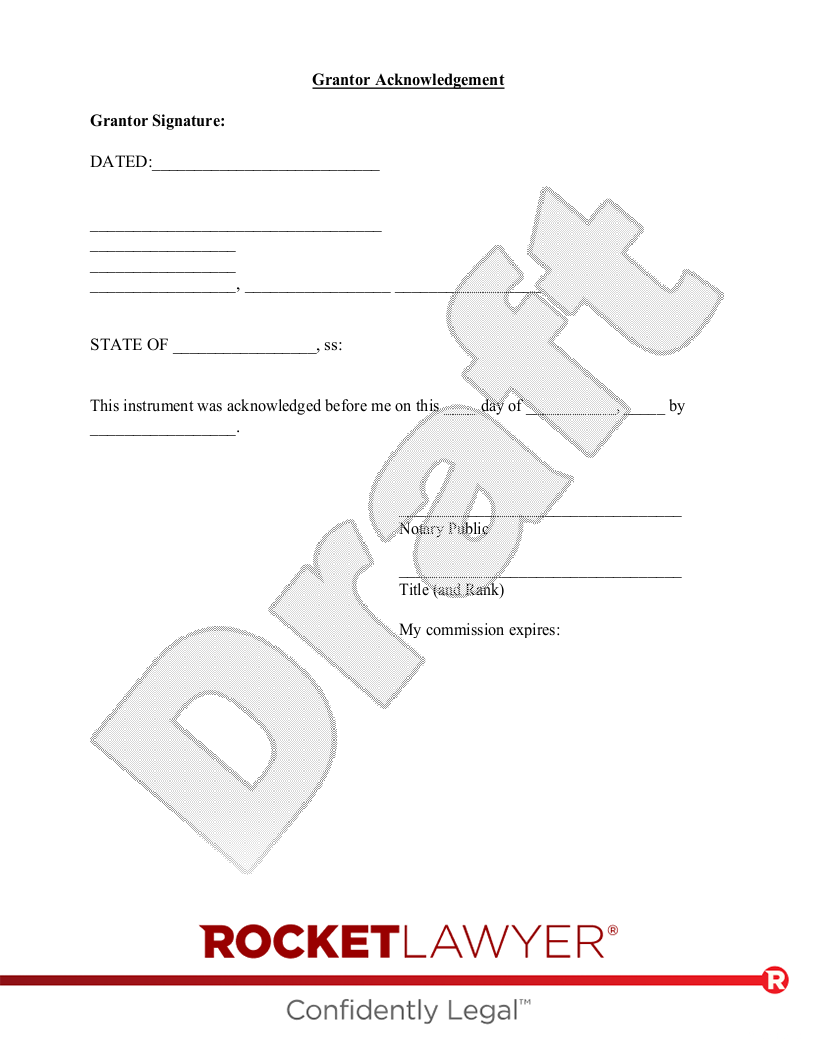How can my family benefit from a Transfer on Death Deed?
A Transfer on Death Deed permits you to select the beneficiary or beneficiaries who will inherit your property when you pass away. The beneficiary you choose does not have any rights to your property while you are alive. Your beneficiary automatically becomes the owner at your death without going through the probate process, like they would if the property was left to them in your Last Will and Testament. If you and your spouse own your home jointly, the transfer on death will not take place until both owners have died. When making a deed, you can name alternate beneficiaries, in case your beneficiary refuses the bequest or predeceases you.
Even if the property is listed in your Last Will And Testament, a separate Transfer on Death Deed takes precedence. Still, the named beneficiary in both documents may be updated to match one another. The deed is only valid if filed with your local property records office. While different states and localities have different rules, having your document reviewed by a Rocket Lawyer network attorney can help you be confident that your transfer will go through.
Deeds can be revoked, either by requesting a revocation form at your county records office or making a new deed that replaces the most recent version. Also, if you still owe money on the mortgage or a contractor or other party has a lien, the beneficiary will inherit this debt along with the property.
What are the disadvantages of a Transfer on Death Deed?
Unlike naming a beneficiary in your Last Will and Testament, a Transfer on Death Deed becomes part of the public record when it is filed. This means that anyone can see who you plan to inherit your property when you pass. Also, if you name more than one beneficiary in the deed, they can only inherit the property in equal shares. Additionally, while the transfer may avoid the probate process, the property will generally be considered part of your estate when you pass, and creditors may be able to make a claim against it.
During your lifetime, you continue to pay taxes on any property for which you have a Transfer on Death Deed. When you pass away, the property is exposed to the federal and state estate tax threshold on your estate. For most people, the federal estate tax exemption is high enough that it will not affect them, but some states impose an estate tax with a lower threshold and the beneficiary will have to pay that tax.
There is a potential capital gains benefit to property inherited through a Transfer on Death Deed, because the beneficiary will receive a stepped-up basis when it is inherited.
Where can I make a Transfer on Death Deed?
A Transfer on Death Deed is not available in every state. They are permitted in the following states and Washington, D.C.:
- Alaska.
- Arizona.
- Arkansas.
- California.
- Colorado.
- District of Columbia.
- Hawaii.
- Illinois.
- Indiana.
- Kansas.
- Michigan (called a Lady Bird Deed).
- Minnesota.
- Missouri.
- Montana.
- Nebraska.
- Nevada.
- New Mexico.
- North Dakota.
- Ohio.
- Oklahoma.
- Oregon.
- South Dakota.
- Texas.
- Virginia.
- Washington.
- West Virginia.
- Wisconsin.
- Wyoming.
In states where a Transfer on Death Deed is not permitted, property owners might put their property into a Living Trust or a pour-over trust by including instructions in their will for certain property assets to go into a trust when they pass. The latter type of trust is called a “pour-over” trust because assets are “poured” into the trust when you pass away. The assets poured into the trust can avoid going through probate.
How do I revoke, change, or update a Transfer on Death Deed?
It is fairly simple to revoke, change, or update a Transfer on Death Deed. In order to revoke a deed without replacing it, you can request a revocation form from the local office where you filed the initial deed. To change or update a deed, you can simply file a new deed that supersedes the old one.
It is common to make changes if your beneficiary is no longer in a position to inherit the property, if you have another child, or you get divorced. Updating a Transfer on Death Deed can be a much simpler process than updating a Last Will and Testament or Living Trust. Changing your estate plan regularly happens. It is good practice to revisit your Transfer on Death Deed and all estate planning from time to time.
If you have more questions about making a Transfer on Death Deed, or estate planning, reach out to a Rocket Lawyer network attorney for affordable legal advice.
Please note: This page offers general legal information, not but not legal advice tailored for your specific legal situation. Rocket Lawyer Incorporated isn't a law firm or a substitute for one. For further information on this topic, you can Ask a Legal Pro.
